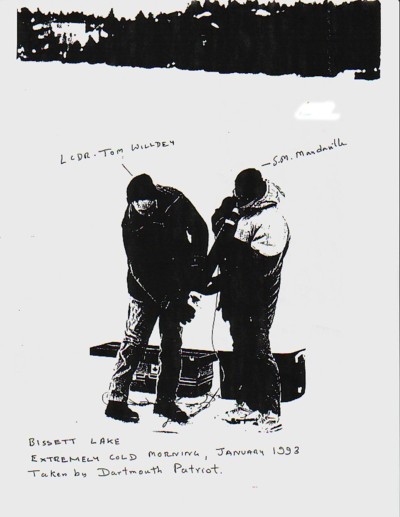Disclaimer & Copyright Notices; Optimized for the IE & Firefox

Lake Carrying Capacities Homepage-(based on productivity)
Soil & Water Conservation Society of Metro Halifax (SWCSMH)
Modified: May 25, 2016 
Possible exceptions in shallow and/or coloured lakes
A note of caution: This web page is primarily related to the limiting nutrients and cultural eutrophication and does not address a myriad of inevitable post–development stressors some of which are potentially of significant ecological concern on a cumulative level
Contents:
- Preferred recommendation on Total Phosphorus (TP) as a development objective:
- Select examples of leadership taken by dedicated municipalities:
- The District Municipality of Muskoka, Ontario based on ice-free period mean Chlorophyll a
- Kings County, Nova Scotia (a jpeg scan from HRM's WRMS) based on ice-free period mean Chlorophyll a
- But the trouble with Chlorophyll a as a development objective
- Notes: Although both the above examples are in the case of
septic system densities, a similar methodology is applied in setting
the amount of serviced land that can be developed
in the entire watershed without severely impacting the downstream
lakes, ponds and rivers; the inevitable post-development inputs are
transported via storm sewer discharges; buffer strips will do little in
removing such stressors
- Also see our ongoing predictive modelling
- Buffer strips
- OECD (Organization for Economic Co-Operation and Development):- Eutrophication of Waters (Vollenweider et al); Probability Distribution Diagrams preferred for trophic analyses re what 100 limnologists may conclude; an example of HRM lakes; the OECD Management Model
provides a certain safety margin for the design of the loading
objectives by defining trophic categories approximately at the class
midpoints
- Narrative on water quality

We salute the Chebucto Community Net (CCN) of Halifax, Nova Scotia, Canada for hosting our web site, and we applaud its volunteers for their devotion in making `CCN' the best community net in the world
